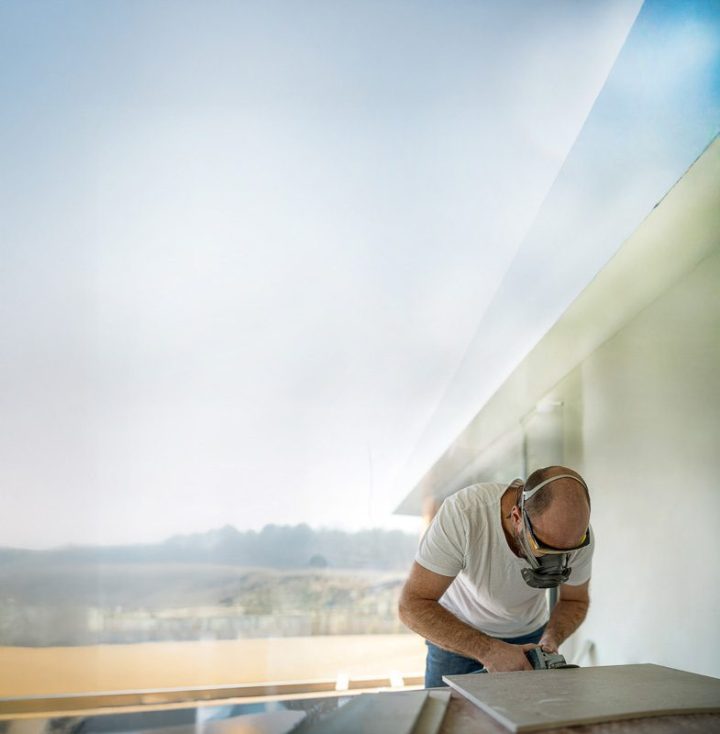
Calls for ban on engineered stone heat up
Submissions from health and industry groups on how to deal with Respirable Crystalline Silica (RCS) which causes the deadly lung disease silicosis are now being considered.
Among those supporting major changes are employers, unions and MinEx which represents health and safety for quarries, mines and tunnels. A workshop was held by MinEx earlier in 2025 to help develop a pan-industry response to silicosis across extractive, construction, concrete and other sectors, plus health and safety organisations and researchers.
MinEx CEO Wayne Scott says it is heartening to have both unions and employers back the call for a ban on engineered stone. “This product is the primary focus as it presents the highest risk to workers.”
He says in the year to last October, WorkSafe inspectors visited 102 engineered stone businesses and issued 131 improvement notices to 67 of them. “This is five years after WorkSafe started paying attention to engineered stone and clearly indicates many of the businesses are not complying with health and safety controls, long after the risks to workers have been identified.”
Wayne says a Government report identifies that approximately 270,000 New Zealand workers may be exposed to RCS, and 80,000 of them at high levels.
“That underscores why every organisation associated with our workshop has backed a call for the Government to establish an Occupational Lung Disease Registry
to provide tracking, treatment and support for all those affected workers.”
He says the mining and quarrying sector are already mandated to conduct regular exposure monitoring and lung tests on their workers every five years, as well as often consented requirements to reduce any dust created by their operations. “No such requirements apply to other sectors where workers can be exposed to RCS, including construction, concrete cutting, glass and some other trades.”
Wayne says every New Zealand worker who faces any risk from silicosis deserves a full range of protection, led by their employers and backed by government regulations.
“This is a nasty disease. Unlike asbestosis which often takes decades to emerge, silicosis can quite rapidly stop healthy young people working. The tiny particles bypass the body’s defences, scarring the lungs, leading to breathing difficulties, other illnesses and sometimes death. We’ve got to deal with it.”



